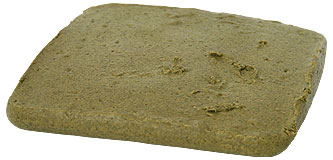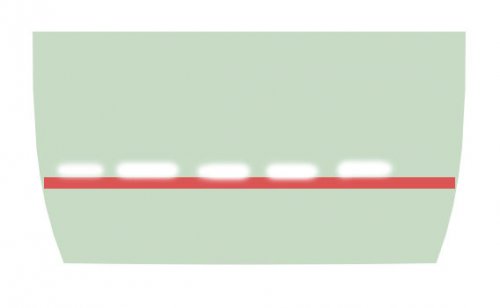Vegas Chad
Avid Member
A common feeder that needs to have a home for help information… this will be that spot. A beacon a light for all of those who need help, advice and tips for making there silk worm dreams come true!!!
I would like to get this thread going on how to breed and keep silkworms 101. I was hoping that Brad and other bug keepers could pipe in with how they keep them…
What do you keep them in?
What kind of substrate?
Food?
Temp?
Water?
Breeding cycle and duration?
Are they prolific enough for a feeder?
Stuff like that…
I would like to get this thread going on how to breed and keep silkworms 101. I was hoping that Brad and other bug keepers could pipe in with how they keep them…
What do you keep them in?
What kind of substrate?
Food?
Temp?
Water?
Breeding cycle and duration?
Are they prolific enough for a feeder?
Stuff like that…





